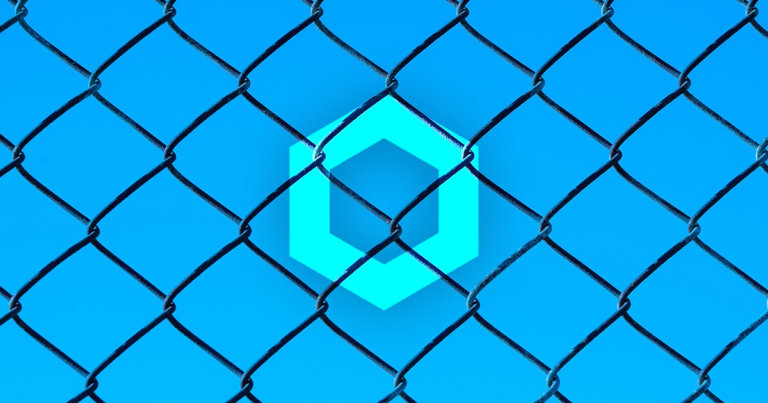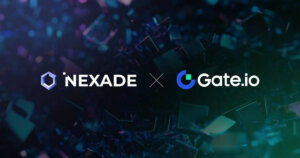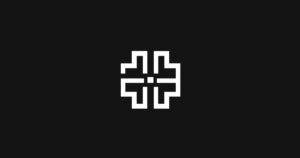 Inside the Chainlink 2.0 whitepaper—the 7 updates you should know
Inside the Chainlink 2.0 whitepaper—the 7 updates you should know Inside the Chainlink 2.0 whitepaper—the 7 updates you should know
Chainlink released the 2.0 whitepaper yesterday, bringing forth improvements in security, oracles, and the way it interacts with smart contracts

Cover art/illustration via CryptoSlate. Image includes combined content which may include AI-generated content.
Decentralized oracle platform Chainlink unveiled its whitepaper 2.0 yesterday, making improvements and update to seven aspects of its network.
Oracles are third-party tools that fetch data from outside to blockchain to within, as blockchains, by design, are immutable stores of data but cannot automatically verify the authenticity of that data.
Chainlink helps solve that issue by fetching highly verifiable data from a variety of sources to ensure the smooth functioning of a blockchain network and application. It’s the largest oracle network with its $17 billion marketcap.
Chainlink’s seven
The whitepaper brought forth the so-termed ‘hybrid’ smart contract, an improvement over the currently-used mechanism. Smart contracts a self-executing contract with the terms of the agreement between buyer and seller being directly written into lines of code. The code and the agreements contained therein exist across a distributed, decentralized blockchain network.
I am deeply grateful to all the amazing coauthors of the Chainlink 2.0 whitepaper, thank you for the deep thought and care you've put into helping define the future of how decentralized oracle networks will redefine our industry via hybrid smart contracts: https://t.co/IJ2dlXEdSu pic.twitter.com/X6XhBThBcb
— Sergey Nazarov (@SergeyNazarov) April 16, 2021
In all, seven new features were released:
- Hybrid smart contracts
An improvement over the existing smart contract system, these increase the capabilities of smart contracts by composing on-chain and off-chain computing resources in a highly secure manner that aims to be a flexible, customizable solution for data.
“What a hybrid smart contract—the reason that we’ve gone with that term in the white paper—is that we’re trying to define that conception of a smart contract that’s more holistic, in terms of what it enables people to do when to build,” explained Chainlink creator Sergey Nazarov during an appearance on virtual conference BlockDown today.
- Scaling
Updates to scaling would ensure Chainlink provides data and throughputs as per the high requirements of high-performance blockchains, layer-2 solutions, and Web2 systems—some upcoming high-speed networks like Solana strive to eventually process 65,000 transactions a second, and Chainlink ‘2.0’ aims to match those oracle requirements.
- Abstracting away complexity
This would present developers and users with simple functionality that eliminates the need for familiarity with complex underlying protocols and system boundaries.
- Confidentiality
Increasing confidentiality would see higher security and trust measures (for sensitive data and computations) keeping the transparency of blockchains in mind.
- Order fairness
Chainlink would introduce measures that allow transactions to occur as requested, instead of being gamed by opportunistic users to benefit themselves. This would prevent front-running and other forms of value extraction by bots and exploitive miners, a growing concern in the crypto space since last year.
- Trust-minimization
Using decentralization, cryptographic guarantees, and guardrails, a trustworthy layer of support for smart contracts and other oracle-dependent systems would be created.
- Cryptoeconomic security
Lastly, the update would ensure nodes in decentralized oracle networks have “strong economic incentives to behave reliably and correctly, even in the face of well-resourced adversaries.”
LINK, Chainlink’s native token, rose by nearly 10% yesterday on the release of this whitepaper. It trades at $41 at press time and has a market cap of $17.5 billion.




























































































